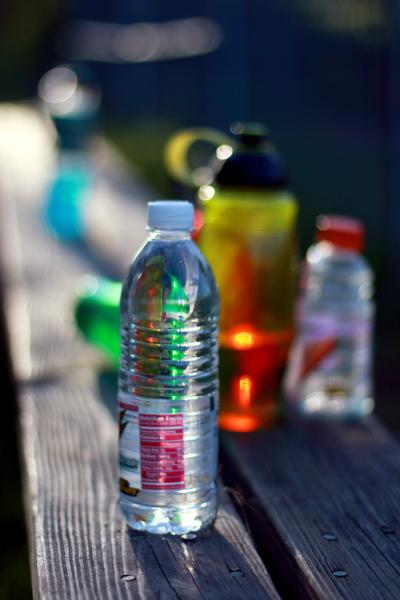Dehydration and heat illnesses, such as heat cramps, are common in the youth sport population, but it is important for parents to know about the two heat illnesses that can result in death: exertional heat stroke (in which the body temperature rises above 104 degrees Ferenheit and there is brain dysfunction) and hyponatremia,* where blood sodium levels become dangerously low due to excessive water consumption.

Hyponatremia
-
Hyponatremia usually occurs in endurance and ultra-endurance events lasting longer than 4 hours. Since it is not common for youth to be participating in events of this length, this condition is not often a concern for the child population
-
In order for the condition to occur, an athlete needs to consume excessive amounts of water over a long period of time. As more water is consumed, the amount of sodium within the blood decreases. As a result, the brain swells dangerously. Once again, it is uncommon for the youth population to push themselves into drinking the amount of fluids needed to cause this condition, but it is still important for parents to know about.
-
Signs and symptoms of hyponatremia include:
-
multiple joint swelling especially in the extremeties (toes, fingers, wrists)
-
confusion
-
lethargy
-
headache
-
nausea, and
- seizures
-
The bottom line: encourage your child to stay hydrated and rehydrate after practice but never to over-hydrate beyond his or her individual needs.
For guidelines to follow to prevent hyponatremia, click here.
* Update: According to an Executive Summary published by the National Athletic Trainer's Association on Friday, June 27, 2014 of revisions to its 2002 position statement on heat illnesses, hyponatremia will no longer be considered a heat illness.








